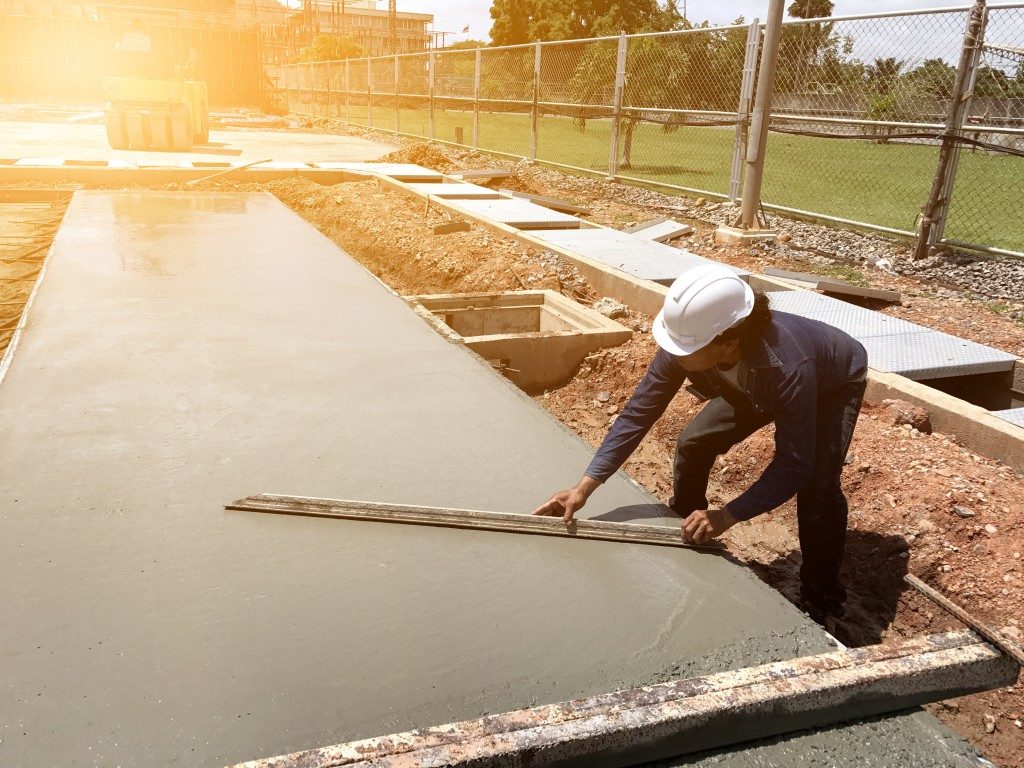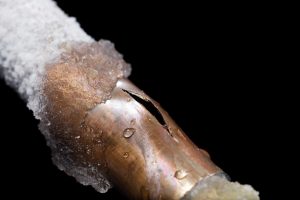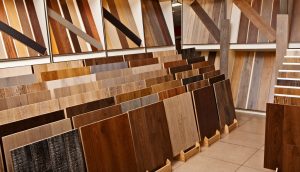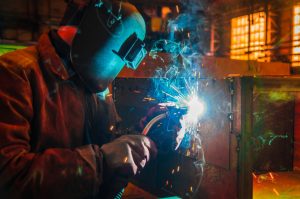Working with concrete involves a range of tools and processes to guarantee the best-looking structure. When running a construction company and aiming to minimise your expenses as much as possible, however, it might be impossible to buy all the necessary tools.
Thankfully, you do not need to skimp and pick the cheapest tools available and compromise your structure’s durability and integrity. You can opt to hire your necessary tools at a fraction of the cost of their purchase, maintenance, and storage.
A reinforcing mesh for concrete floors is essential to strengthening your floors, but it might leave it looking bumpy. A screed is necessary for the removal of excess concrete on the floor and spreading it on a large surface while levelling it.
This is a long thin bar made of plastic or wood with a handle that resembles a float but is larger compared to the latter. The following are the types of screeds that might suffice for your project.
Handheld Screed
This comprises a metal screed bar connected to a vibrating frame powered by a small motor. You will control the motor and use the handle to direct the screed across your freshly laid concrete to level it. The primary benefit of a handheld screed is its reduced muscle power requirement.
The bars on this creed are also easily detachable and come in lengths of up to 16 feet. Handheld vibrating screeds are ideally used on surfaces that do not need extreme flatness and those with slumps of not more than five inches. They, unfortunately, will not move the excess concrete from your surface.
Roller Screed

Instead of a solid metallic or wooden bar like in the handheld screed, the roller screed features a hollow tube with a maximum length of 27 feet. A hydraulic pump drives the tube and rotates it in the opposite direction from that of its progress on your surface.
The counter rotation allows the screed to cut grade while the tube’s spinning causes the peeling of the excess concrete. Roller screeds are the ideal choice when working around obstacles and on sloped surfaces.
Truss Screed
A truss screed comprises a 2-10 foot long A-framing or steel truss that interlocks to span a distance of up to 60-75 feet. An air-powered piston or gas engine generates its vibrations, and the screed is either propelled by a hydraulic winch or moved manually.
A truss screed will handle the levelling of concrete surfaces faster than other screeds in a single pass.
Laser Screed
This is a highly precise screed type. Most of its processes are automated. The screed is thus used for the levelling of concrete surfaces to a pre-set height. Since laser screeds are costly, they are generally used for large and high-end concrete projects.
Recently, however, some manufacturers have introduced small laser screeds that are inexpensive and suffice for small projects.
You might spend considerable time and invest in the highest level of expertise, putting together the best concrete structure. This might all be marred by the wrong finishing technique. The above screeds bought or hired from the best supplier available will put the best finishing touches to your floors and walls.
It will also assure you of repeat business and referrals.






